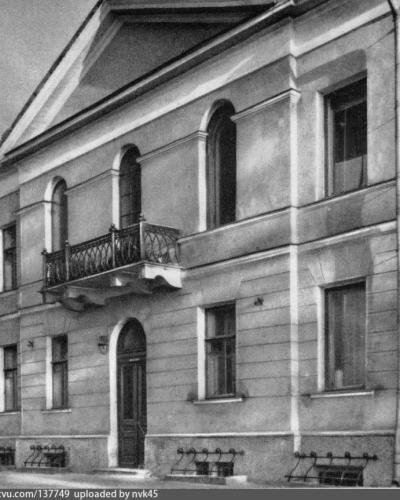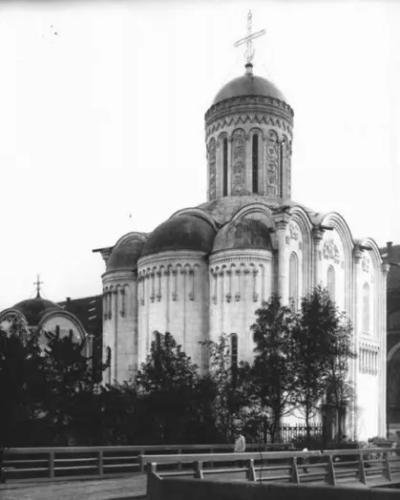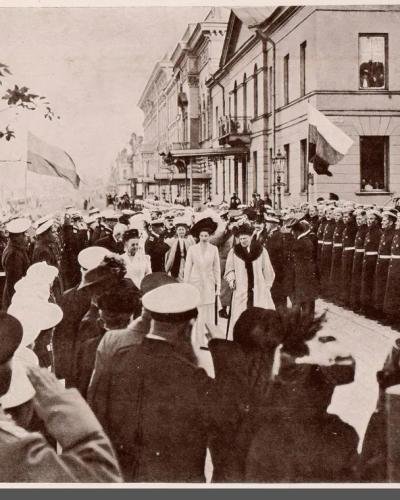Number 74 is the last house of the aristocratic English Embarkment in Saint Petersburg. In the early years of life of the young capital of the Russian Empire, the first Embarkment, and the center of the sophisticated court, was the English one. Even in these early years, various artists were attracted to depict in paintings the austere and dignified beauty of the palaces rising, one after the other, upon the powerful, Neva River.
It would appear at first that the third son of the Demidov family founder, the well-known manufacturer, Nikita Nikitich Demidov (1688-1758), brother to Akinfy, was not at all ready to settle in Peter the Great’s dreamed capital. According to a decree of the Emperor, the plot of land corresponding to House Number 10 was allotted to Nikita Nikitich. He attempted several ways to delay the construction until in 1736 Anna Ivanovna issued an especial edict summoning him from the Ural Mountains to finally erect his palace.
Demidov did come, only to request that he be allowed to return to his factories. The Empress consented to let him go provided that he would leave his executor to finalise the task. During his absence Anna Ivanovna changed her mind, offering him a different plot, this time located in the confluence of the Neva and the New Admiralty Canal. The executor, not daring to proceed without his master’s order, did nothing and so was subsequently arrested by the police office. The action seemed useless and the plot remained empty.
By that stage, the cabinet ministers in charge of the building progress of the English Embarkment had had enough, and so decided to put under arrest not the executor but the very owner himself. That did rapidly resolve the matter and Nikita Nikitich immediately gave order that a building be erected at his new plot. The architect of choice was the famous, M. G. Zemtsov, and It all seems to have progressed well as by 1738 the main house overlooking the Neva and three out-buildings to mark the territory along Galernaya street and the New Admiralty Canal were already finished.
Now the celebrated industrialist, owner and founder of many iron mining manufactures and factories in the Ural Mountains had his own stone residence in Saint Petersburg. After his death, the heirs divided the plot: the eldest son, Evdokim Nikitich (1713-1782), received the house on the Neva with 17 bed chambers, and his brother, Nikita (1728-1804), who, in 1769, sold it to Evdokim, received the house on Galernaya with ten bed chambers.
From the heirs of Nikita Nikitich (1728-1804), the corner mansion in 1809 passed by purchase deed to the life physician Yakov Vasilyevich Willie (1765 – 1854), director of the Military Medical Department. In the late 1820s, Willie took care of the external and internal reconstruction of the building in the Empire style. From that time, a hall with pilasters and a vaulted room have been preserved in the interior. Willie rented apartments in the outbuildings. In one of them, in February 1835, the head physician Alexander Dmitrievich Blank had a daughter, Maria, the future mother of Lenin, on the second floor of the western wing. She was baptized at St. Isaac’s Cathedral, as her father converted from Judaism to Orthodoxy in order to enter the Medico-Surgical Academy. Fate wanted that in 1876 after several additional owners, another celebrated, Imperial Physician to Alexander II and Alexander III, lived in the Galernaya street building: Sergey Petrovich Botkin, whose son Evgeniy Sergeevich, also a physician to the last Tsar Nicholas II, died along the rest of the Imperial Family and servants in Ekaterinburg in July 1918.
Located just across a bridge towards the New Admiralty, only a few metres from the Demidov home, it was consecrated the 31st of July 1911 a charming old style cathedral, Spas-na-Vodakh, in remembrance of those victims of the Ruso-Japanese war of 1905. Since that day the priest, Vladimir Alexandrovich Rybakov (1870 – 1934), rector of the Church of the Savior on the Waters, lived in the western wing. He greatly mourned the demolition in 1932 of the temple, which was visible from the windows of his apartment.
Nowadays the elegant, classical mansion is restored. Owned by a security company, its big plate glass windows shine pristine on the freshly painted walls. However, I do not believe that it could equal in beauty and melancholy grandeur, the old dusty ‘Belle au Bois Dormant’ that I fell in love with during a sunset stroll in this enchanting part or St Petersburg in the 1990s.















